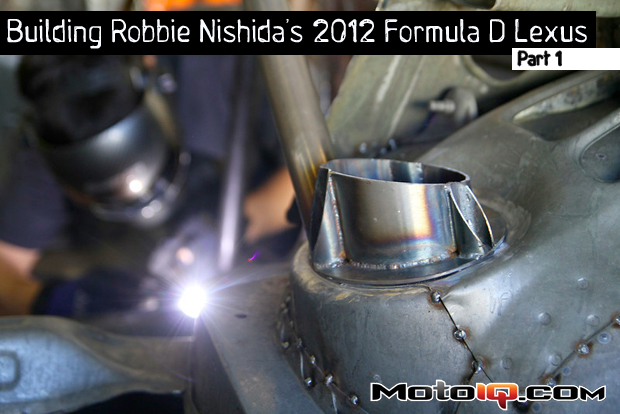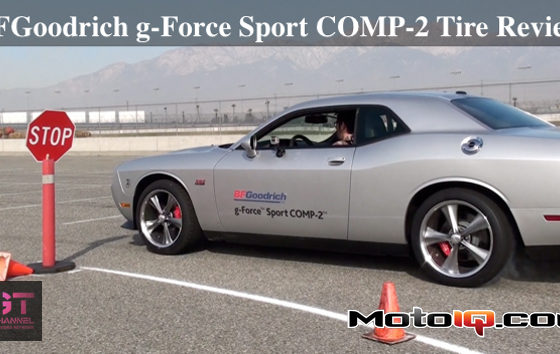,
 |
| Additional areas that needed bracing, like these in the front wheel wells, were girded with stainless plate. |
Formula DRIFT's roll cage specs are not too dissimilar from the ones you'll find in club or sport compact drag racing, in that the basic designs are all very close. Like any cage, it has to protect the driver if the car turns over, runs into an obstacle, or is struck by another car, and also withstand the forces from the weight of the car coming down on and sliding along on its cage. A good cage also will serve as one of the vehicle's primary chassis braces.
 |
| DCF cut out a rear end access in the floor – super convenient if ever the need arises for a differential change. |
FD cages are generally made from seamless 1020 or 1025 mild steel tubing with an outside diameter of 1.5 inches and a wall thickness of .095 inches. All of them will have a main hoop, which is basically the central element of the structure; from just behind the driver's seat, it extends the full width of the cabin, starting from the floor on both sides of the interior and getting as close to the roof as possible. Within the plane of the main hoop, Formula D mandates a diagonal lateral brace tube and a horizontal shoulder or “harness” bar.
 |
| An aluminum firewall between the trunk and the cabin is test fit with some Cleco clamps. |
Beyond the main hoop, it's up to the team and fabricator to decide which of three cage layouts they want to run: a side or front hoop configuration, or the halo configuration. In the Bridges car, side hoops are the call, which extend a tube from the top of the main hoop on each side forward along the ceiling (adjacent to the side windows) and drops them down to the floor just ahead of the doorways following the A pillar. A single horizontal tube across the top of the windshield is also a requirement.
 |
| In the interest of safety, the car's battery is relocated in the cabin behind the driver's seat, locked down in a custom box built by DCF. |
Rear hoop supports extend from the top of the main hoop back to the rear shock towers at an angle of at least 30 degrees, says the rulebook. Wherever possible, FD encourages the use of gusseting to distribute the loads. Finally, all FD competition cars need to have side protection, which at a minimum is two bars extending across each front door opening. The bars can either run parallel or in the shape of an X, but if you don't opt for the X option a minimum of two vertical tube sections need to connect the upper and lower bars.



